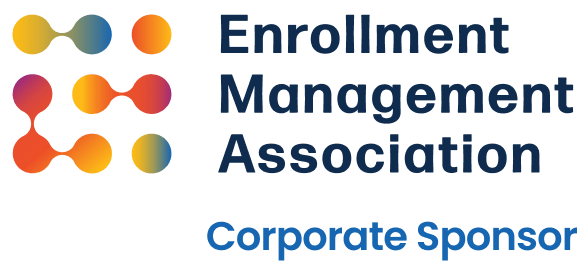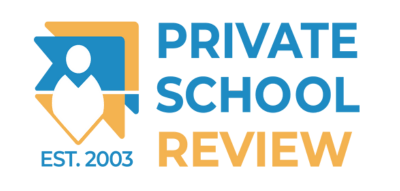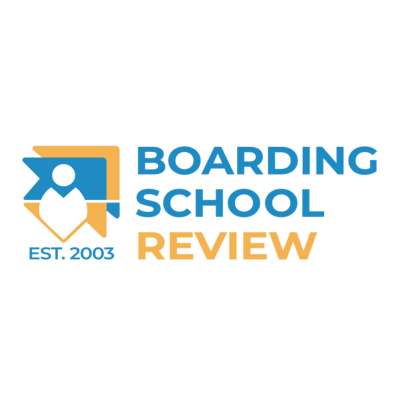3 Tips to Keep Website Visitors Interested & Engaged
by Trevor Waddington, Principal, Truth Tree
When was the last time you or someone at the school audited the written content on every page of your website? The middle school math curriculum may not have changed since 2014, but how people consume information sure has.
Readability is an imperative hallmark of effectively communicating with end users.
Oops! That last sentence scored an E, the worst grade possible, according to readable.com.
What I mean to say is, you need to write copy that people can understand. <—- That sentence scored an A!
Why is it so important? The entire point of a website is that you’re trying to get a message across. So why make it hard for the message to be read? It stems from our desire to demonstrate our value. The smarter we sound, the more attractive we look to prospective families. However, my research demonstrates we are overshooting our audience.
I used to own and manage two search sites, DCschoolHUB.com and NYmetroSchools.com. Every school has a description/welcome at the top its profile page. Of the 1,615 combined preschool and private school listings on both sites, 860 had readability scores that “need improvement.” That’s 53%!
Notably, the older the average student population, the worse the readability score. Of those who serve grades nine through twelve exclusively, 61% of their profiles on the sites had readability scores needing improvement.
Another reason readability is so important is that it is a significant factor in your searchability (SEO). As Google continues to gear up for a voice-first world, it wants to match conversational language to search results. So when Google crawls your website, it’s looking for easy to understand words, sentences, and paragraphs as a factor in how your site will rank for keywords and terms.
So here are three tips to better connect with your intended audience.
1. Simplify your content – While you are going after “successful” parents whom you think might be very literate, think again. The average American reads at a 7th to 9th grade level. Today, there are a lot of “successful” parents who may not have succeeded in Language Arts class. Hence their current professions think entrepreneurs or blue-collar business owners. Then you have folks where English is their second language.
Bottom line, if your content is too complicated to grasp, they’ll likely bounce to a school website that has mastered the explanatory arts.
Example:
We have exceedingly-educated and time-tested cross-curricular educators. becomes We have great teachers who work well together.
Tip: Use simpler words with fewer syllables.
2. Shorten your sentences and paragraphs – You are passionate about education and want to use every adjective under the sun to get that across.
Example:
Our teachers are passionate, nurturing, and caring professionals who spend each day preparing intellectually stimulating and age-appropriate lessons for eager and joyful children.
But the Flesch Grade Level Readability Formula says not so fast.

Today, there are so many ways for prospective families to consume your content, so don’t feel like you need to cram everything into your written copy…did somebody say video content? (This is from a conference presentation I did in the spring)
Tip: Keep sentences under 20 words and paragraphs under 150 words.
3. Get active – This has always been my bugaboo. I mean, this is my bugaboo ? (But seriously, I do this all the time). One way to shorten sentences and put the reader in the hero- or active position is to make him/her the subject of the sentence instead of your school.
Example:
Truth Tree Academy is where students thrive. (7 words)
becomes
Students thrive at Truth Tree Academy. (6 words)
Sure, it may only be one word, but one word over 150 sentences is…150 words. See, I’m exceptional at math too.
Tip: Write your content in the active voice. It will make you a part of their story instead of vice versa and shorten your sentences for better overall readability.
In the end, I am not advocating that you dumb down your content. Instead, break it down and make it more accessible. It’s about explaining your program, the experience, and the learning process so anyone can understand.
Finding the balance between enlightened and accessible is hard work. I’m going to repeat that. Finding the balance between enlightened and accessible is hard work. But if you can find that balance, your story will be more meaningful and keep prospective readers compellingly engaged.











